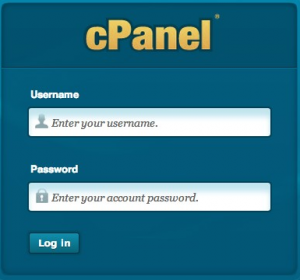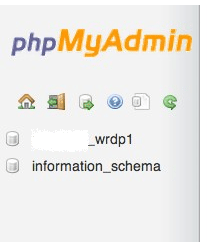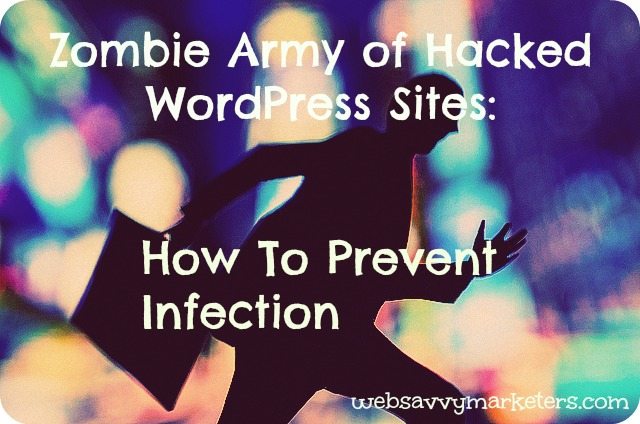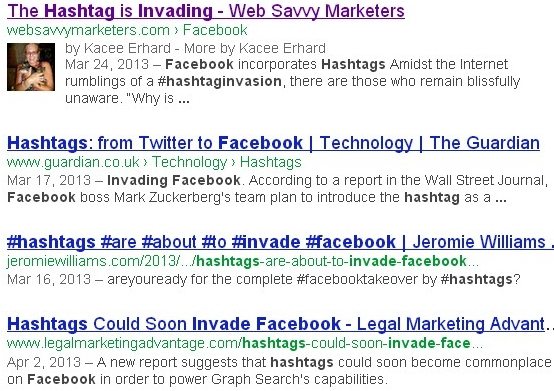 You’re ready to answer your customer’s questions. You’ve compiled a Q&A list with your employees’ help. Now what?
You’re ready to answer your customer’s questions. You’ve compiled a Q&A list with your employees’ help. Now what?
There’s a simple path to follow when writing a blog for your business. With this roadmap, make your journey to writing a blog a pleasant trip.
4 Steps to Writing a Blog for Your Business
1. Answer their questions with a destination in mind.
Figure out what your customer wants to know and how you intend to address this particular question. What do you want to achieve with this blog post? Begin with the end as your objective.
It could be simple transparency, such as the expected cost of your product or service, or how your business compares to the competition, or the secret ingredients in your prized item, like the special sauce for McDonald’s Big Mac.
Remember, as a teacher, you are educating your audience to make an informed decision. By answering their questions, you are removing a barrier to buying from you.
2. Plot your potential headline and subheads.
This step is like loosely outlining or marking your route. Create some bullet points to consider so you can keep an eye on where you’re going.
For the headline, think of the lesson you are teaching your customer. What’s in it for them? Why should they bother reading any further?
For the subheads, think of the specific questions you are answering. Each critical waypoint along your route becomes a subtitle to break down the content into reader-friendly chunks.
The headline and subheads begin as “potential” because this is meant to be a flexible exercise. Your headline is a destination, but it has the remarkable adaptability of thematic variation. In other words, you can change your mind and tweak it. And tweak it again.
3. Create interesting content.
“Wherever you go, there you are.” Be mindful of your audience and what they want to learn. That destination you’ve got in your GPS? No one’s going to join you for the ride unless you keep it to the point.
As you’re writing, expand on the bullet points you made in your outline. Decide what part of the question you’re answering, and place it beneath the right subhead.
Ask yourself, “What’s the payoff for the reader?” Pay attention to this so your content will continue to appeal to your audience.
Throw in a little fun as you go if that works for your brand. Add images to increase the visual appeal of your post. Don’t be afraid to use your unique voice.
4. Review your work.
At the end of your journey, you’re far from done. Your writing should be carefully edited and polished for publication. Removing the road dust from your travels requires a thorough once over.
Do you need to add or remove information? Are there areas that need to be revised for clarity or better word choices? Do your headline and subheads still work?
Sometimes you need another reader to check your work, or you could come back to it later with fresh eyes. Your readers will lose interest, and you might lose credibility, if your work is sloppy.
How’s the blogging going so far? Has the road trip into content marketing been fun? If you get lost, give us a call to see if we can help.












